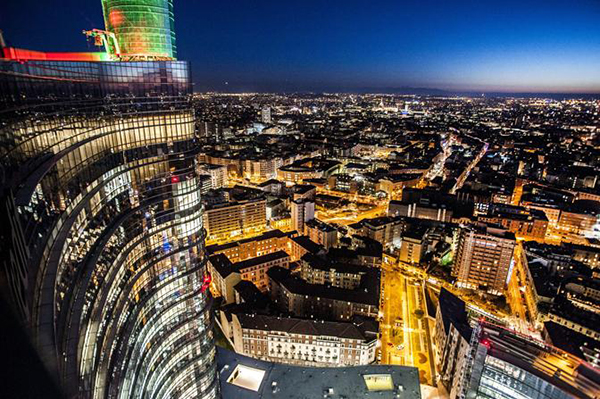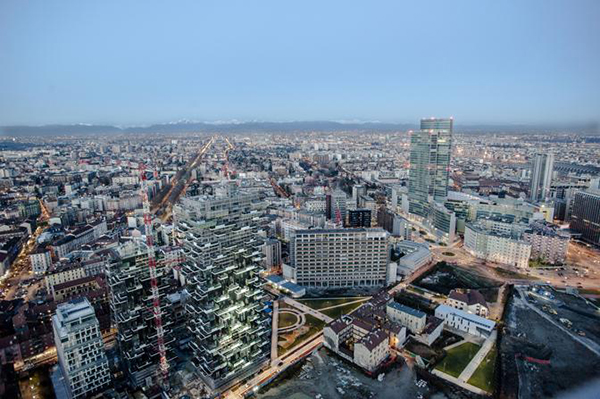La sfida per progettare gli edifici di domani, sempre più alti, più efficienti, più confortevoli. Reinventadoli e reinventadosi.
Ultimately, a skyscraper’s design should reflect its use. Orlowski points to The New York Times' eponymous office building in midtown Manhattan as an example of a skyscraper that prioritizes sustainability while also making sure to satisfy its functions. The building is a toolbox of systems that respond to its occupants' needs: It uses a lighting system that dims and changes according to daylight, an on-site cogeneration plant that captures the heat generated by electricity to heat and cool the space, and a louver system on its building skin that provides shade but also looks like the page of a newspaper. "Skyscrapers can be modified and 'tuned' to meet changing needs and conditions," Orlowski told me. "The key... is that systems are designed to work in concert with one another."
In other words, skyscrapers have to be more than just tall buildings; they have to adapt to their surroundings. Instead of simply constructing upward, they'll begin to integrate smart technology and become multi-functional. So in that sense, the next skyscrapers may not look like skyscrapers at all--they'll still be vertical cities, but they'll take whatever form necessary to best provide for their occupants.
LEGGI ALTRO...





